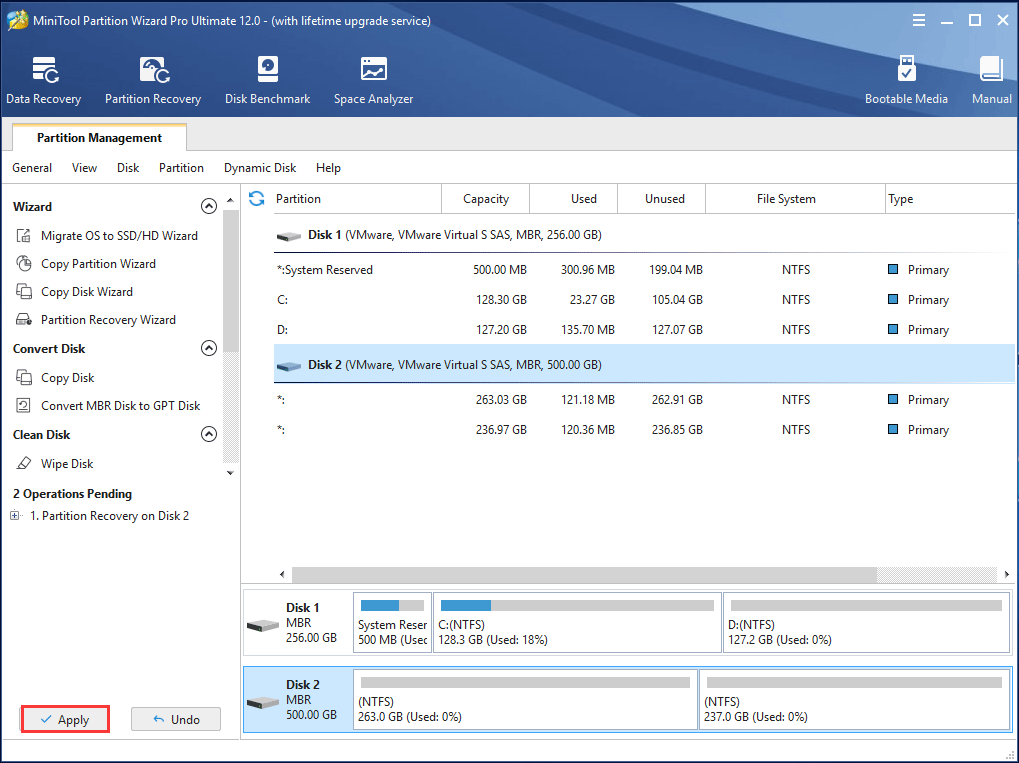


Unlike physical film after development, the Raw file preserves the information captured at the time of exposure. Like undeveloped photographic film, a raw digital image may have a wider dynamic range or color gamut than the developed film or print. (With exposed film, development is a single event that physically transforms the unexposed film irreversibly.) Rather, the raw datasets are more like exposed but undeveloped film which can be converted (electronically developed) in a non-destructive manner multiple times in observable, reversible steps to reach a visually desired image. Raw image files are sometimes incorrectly described as "digital negatives". There are dozens of raw formats in use by different manufacturers of digital image capture equipment. Normally, the image is processed by a raw converter, in a wide- gamut internal color space where precise adjustments can be made before conversion to a viewable file format such as JPEG or PNG for storage, printing, or further manipulation. Raw files are so named because they are not yet processed, and contain large amounts of potentially redundant data. This lesson is from my Getting Images into Photoshop Complete Guide.A camera raw image file contains unprocessed or minimally processed data from the image sensor of either a digital camera, a motion picture film scanner, or other image scanner. Be sure to check that one out before you continue.

#Convert image to raw how to#
If you're not yet familiar with Adobe Bridge, I covered the basics, including how to install Bridge, in the previous How To Open Images From Adobe Bridge tutorial. The best way to open images into Camera Raw is by using Adobe Bridge, so that's what I'll be using here. Then, we'll learn how to open JPEG and TIFF images. We'll start with raw files since they're the easiest to open. For now, let's learn how to open our images directly into Camera Raw.
#Convert image to raw series#
We're going to cover Camera Raw is great detail in its own series of tutorials. We can make any changes we like, any time we like, and we can even restore the original, unedited version at any time. And, Camera Raw is completely non-destructive, meaning that nothing we do to an image is permanent. This makes editing images in Camera Raw much more natural and intuitive. Unlike Photoshop which is used by people in virtually every creative profession, Camera Raw was built with photographers in mind, using a simple layout that matches a normal photo editing workflow from start to finish. But Camera Raw has grown to include support for JPEG and TIFF images as well. That is, images that were captured using your camera's raw image file format. These days, especially if you're a photographer, you're less likely to open your images into Photoshop itself (at least initially) and more likely to open them into Photoshop's image editing plugin, Camera Raw.Ĭamera Raw was originally designed to let us process raw files. Yet even though Photoshop is still the world's most powerful and popular image editor, times have changed. And we learned how to open images into Photoshop using Adobe Bridge. We learned how to open images from within Photoshop itself.

So far in this series on getting our images into Photoshop, we've learned how to set Photoshop as our default image editor.


 0 kommentar(er)
0 kommentar(er)
